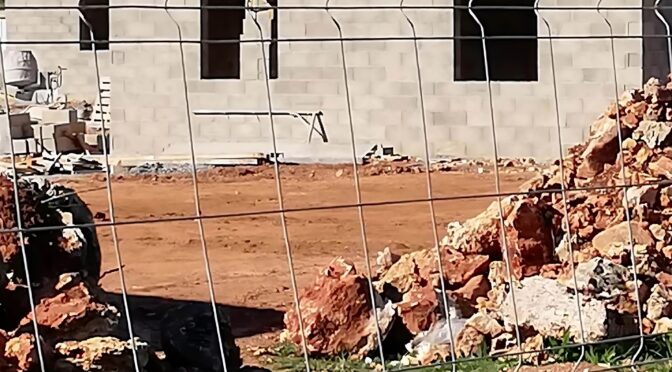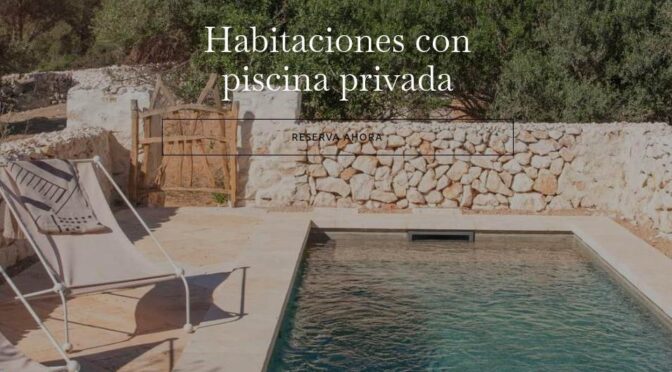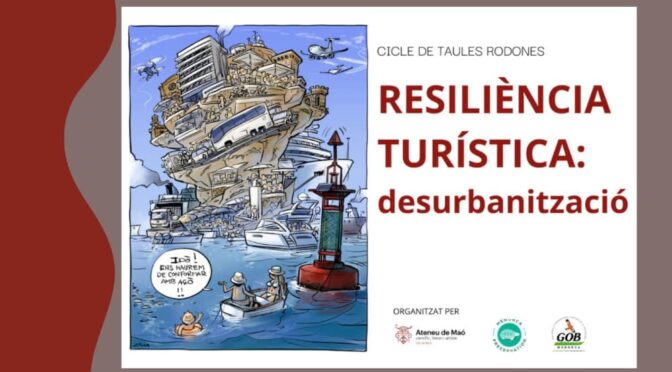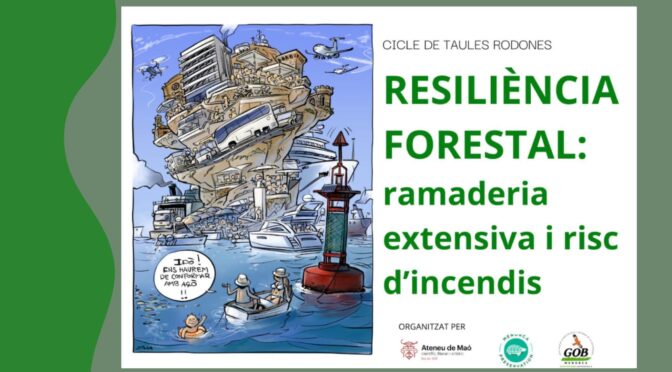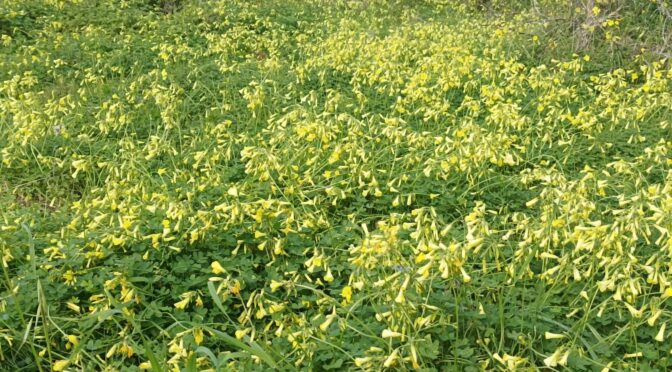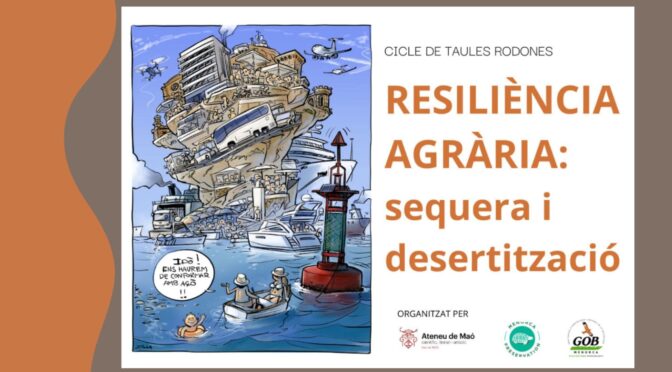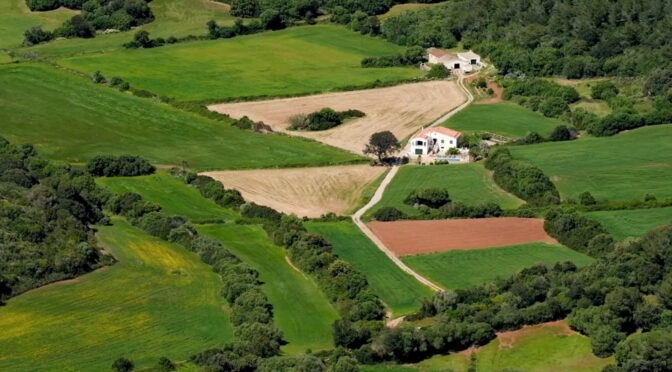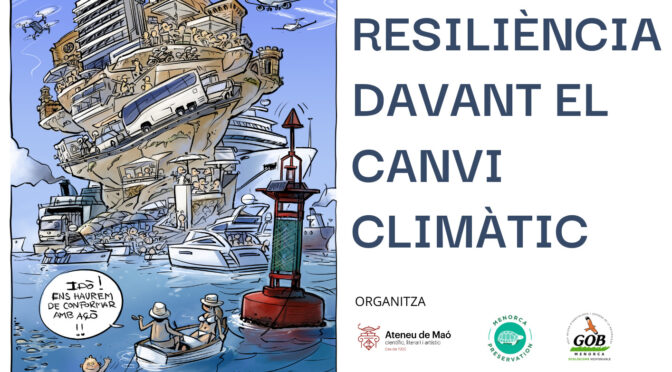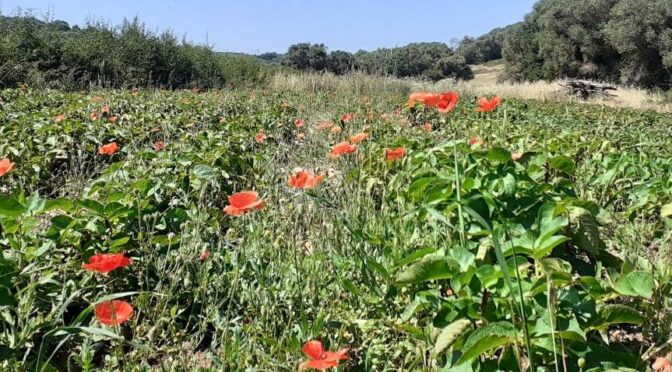Views: 1088
In our winter, the grass is green. The combination of periodic rainfall, humidity-laden dew, and limited direct sunlight keeps Menorca’s fields lush. Many annual plants take advantage of this season to thrive.
Alongside the ancient dry-stone walls, built piece by piece, a rich variety of wild vegetation finds refuge, safe from the plow’s path. This creates an essential habitat for wildlife, offering shelter among shrubs, trees, and countless crevices between the stones.

